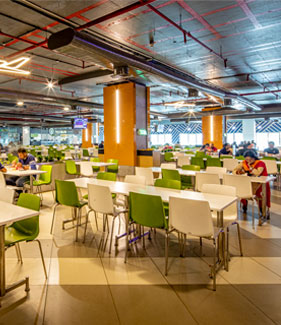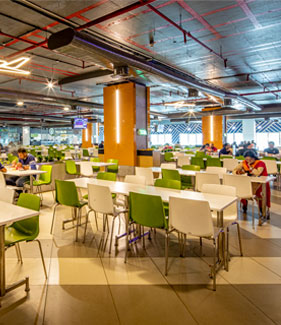Industrial parks have existed for decades. Given that the government has now started making smart cities to shape existing cities’ growth, strategic locations were identified in cities to promote industrial parks.
The lands were identified, acquired, and demarcated for the industrial park. The government gave the basic infrastructure like power, roads, and drainage system, while the park’s development was left to private players.
Diverse industries with specific needs led to the formation of Special Economic Zones (SEZ). The paradigm shift in the industrial park evolvement led to private real estate players like Raheja Mindspace and private equity and foreign developers participating in this segment.
Industrial parks are here to stay, and growth is inevitable, given that industrial demands are robust in India.
States with maximum growth in the industrial park
Though there is no exhaustive database to track industrial parks, the government is putting a mechanism in place that tracks industrial park growth in the country through IPRS or the Industrial Park Rating system. Along with a GIS-enabled land bank repository or India, Industrial Land Bank is a one-stop-shop for industrial park information to investors and park seekers.
States such as Maharashtra, Gujarat, Karnataka, Tamil Nadu, Andhra Pradesh, Telangana, etc., have the highest concentration of industrial parks and some of the biggest it park in india per data seen in the IIS or Industrial Information System by State Government and ministries.
There are approximately 4500 industrial parks with land availability of 1 lakh hectares and another 161 private parks in the India Industrial Land Bank database.
Initiatives and challenges for industrial parks
Despite several initiatives taken by the government for the development and growth of Industrial parks, the pace has been slow due to specific challenges faced by developers. Land price escalation is the main bottleneck, whereas the non-availability of land in preferred locations is suitable for developing industrial parks. Lack of master planning in greater cities and surroundings with other land conversion issues for use is time-consuming.
The shaping of the industrial parks in India in the next few years
The next few years will see industrial parks undergoing significant transformation keeping pace with the requirements of the occupiers of the industrial park. Smart industrial parks developed earlier will now focus on a sustainable ecosystem for the park occupants.
The latest information technology is integrated for efficient operations of business parks in India. The industrial park location decision will consider the land cost and surrounding amenities and justify the infrastructure availability, connectivity, business support activities, environment, employee welfare, safety, and sustainability.
Industrial parks connected to industrial corridors have robust ecosystems with a clear advantage.
The PLI scheme (Production Linked Incentives) from the government policy initiative is expected to boost the manufacturing sector, especially the textile industry, in the next couple of years.
The eco-industrial parks keeping in mind the climate change initiative to keep carbon footprints low are now resource-efficient, climate-friendly, and socially inclusive urban development and opportunities for green jobs.






Comments